


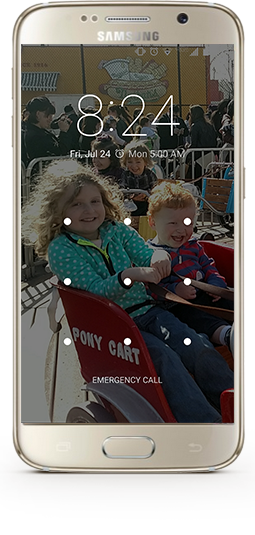
The iPhone’s TouchID fingerprint sensor makes bypassing the annoying lock screen a breeze. Some Android phones have a similar feature. Other Android phones have a “Smart Lock” tool that uses face recognition or location to bypass the lock screen, but it’s a less secure option.
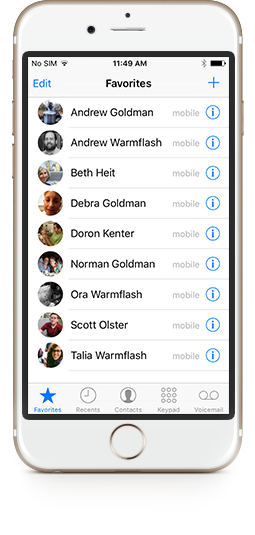
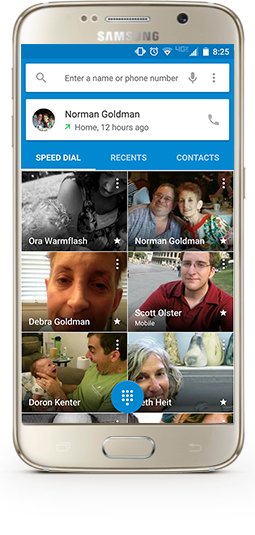
Favorite contacts are laid out much better in Android, smartly laid out according to the people you call most frequently. But FaceTime is the iPhone’s killer feature.
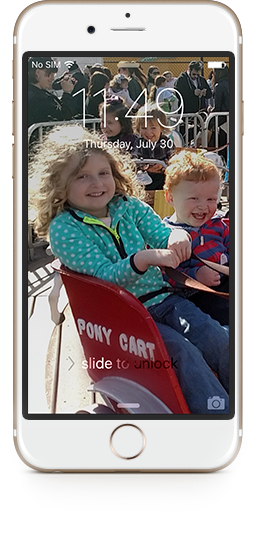
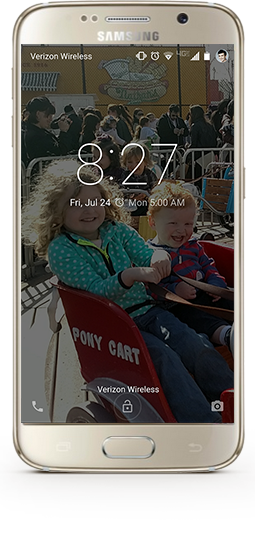
Both Android and the iPhone show you the time when you press the lock button. But many Android phones do time keeping better. Motorola, Samsung and HTC have smart covers and sensors that automatically show you the time when you pull the phone out of your pocket. Android also has a super-dim “daydream” clock that stays on when charging on your nightstand.

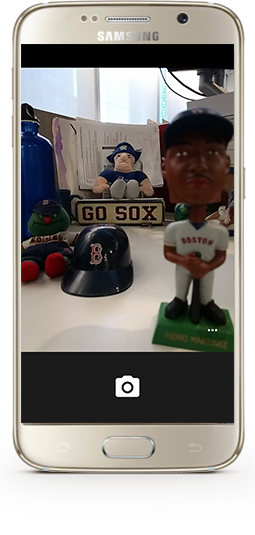
There are terrific Android cameras, and there are awful Android cameras. The iPhone’s camera is consistently great. Yet managing photos is a much better - and cheaper -- experience on Android. Google Photos gives you unlimited free storage.


Apple has finally begun displaying lowercase letters on its iPhone keyboard when you’re not using capital letters. But Android’s stock keyboard is still better than Apple’s, including swipe gestures and -- most crucially -- punctuation on the same screen as the letters.
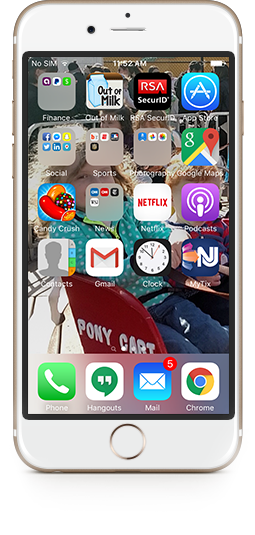
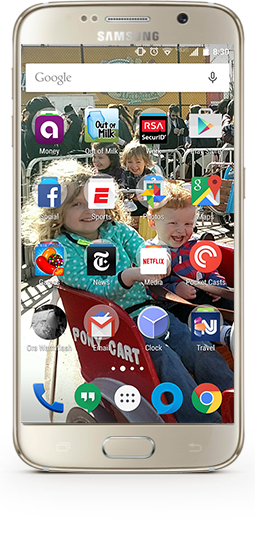
Apple and Google both have fantastic app stores. But Android is far superior at organizing apps, letting you put important stuff on the home screens and hide less useful apps in the app drawer. Also, Android’s widgets are much more useful than Apple’s.
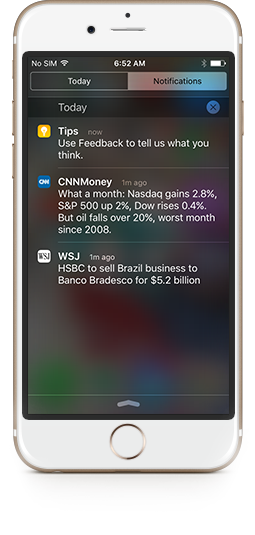
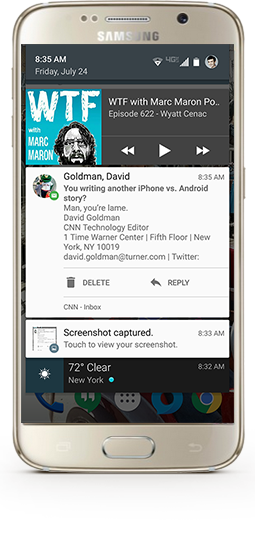
The iPhone’s active notifications let you respond from within the notification without opening the app - something Android lacks. But Android lets you set which notifications are “priority,” automatically sending them to the top of the list (and minimizing less important messages). It’s also easier to clear Android notifications with a single swipe.
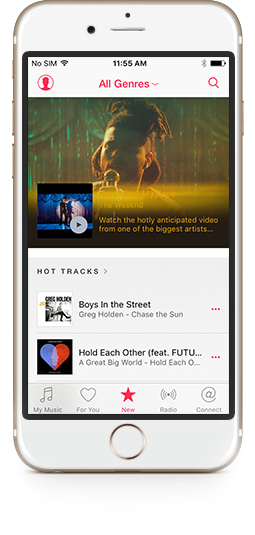
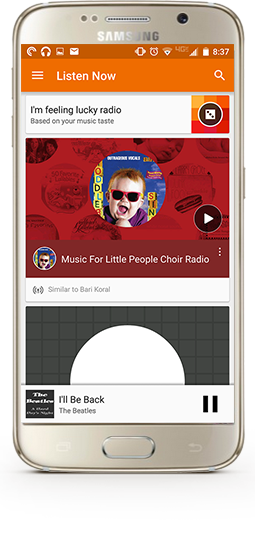
Android has an excellent music-playing app in Google Play Music, which offers an impressive list of free, ad-supported music. Apple has Apple Music, which has no free option but integrates impressively well with your iTunes downloads.
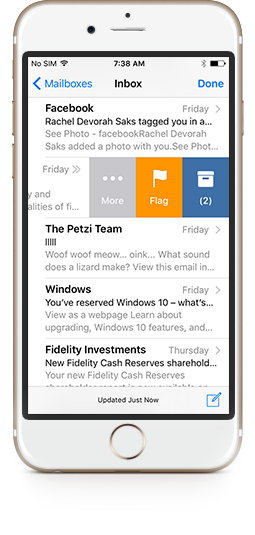
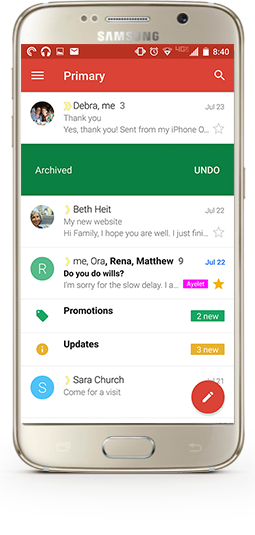
Android uses Gmail as its main mail app, no matter what email service you use. It’s pretty bare-bones if you don’t use Gmail, but Android’s “material design” lets you browse folders or switch accounts from any screen with a quick swipe to the right. Unlike Android, Apple’s mail app automatically recognizes your Exchange settings, but it takes a lot more taps to navigate.
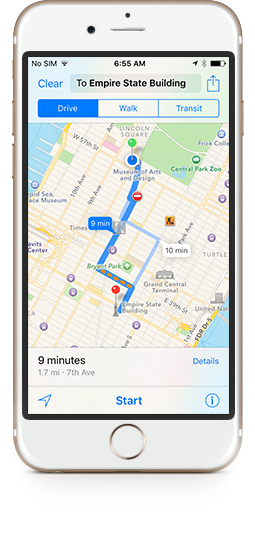
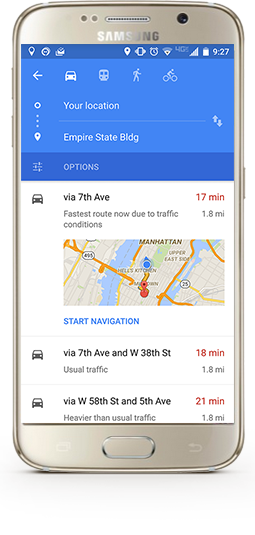
Google Maps is the best mobile app ever designed. It’s available on both the iPhone and Android, but it’s only used natively on Android. That means Siri can’t use Google Maps - only Apple’s improving but still inferior Maps app.
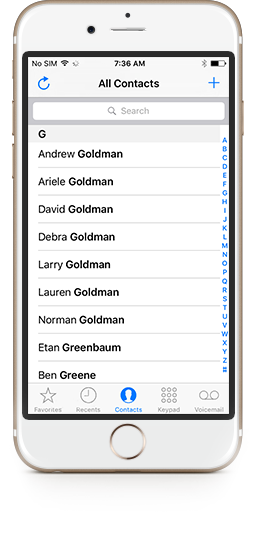
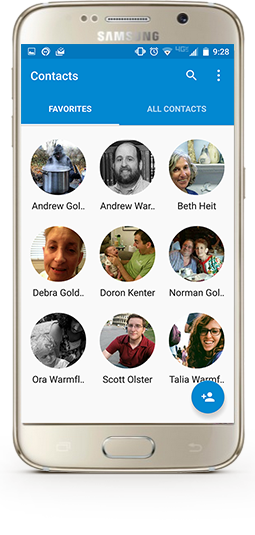
Android’s contacts are much easier to navigate, and its large photos make it easier to find who you’re looking for. The iPhone automatically connects with Facebook and other social networks to populate your contacts’ photos. Most Android phones require a separate app to do that.
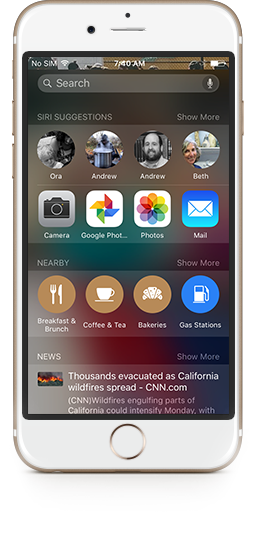
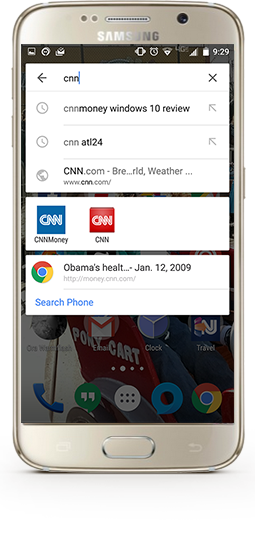
Search is Google’s bread and butter, but Apple’s Spotlight searches more stuff than Google does: email, podcasts, notes, reminders, calendar events, texts and voice memos. Still, Siri’s “proactive search” is limited: it only surfaces contacts, apps, nearby attractions and news. “Google Now” works like a Vulcan mind meld, eerily searching for flight reservations, sports scores, transit routes and news stories before you think of them.
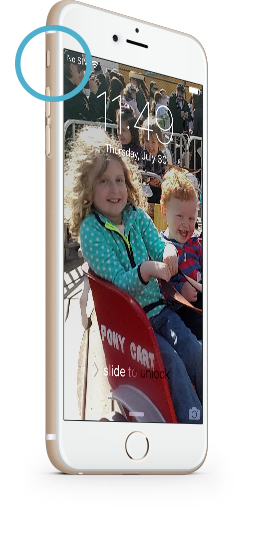
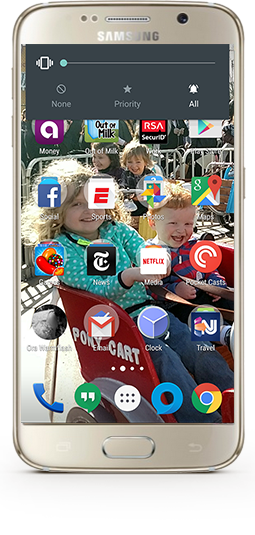
The iPhone has a physical switch. On Android, you have to log into your phone, press the volume button, and tap the bell to set it to vibrate. Some Android apps, however, let you automatically set your phone to vibrate in certain situations - when you arrive at work, for instance.
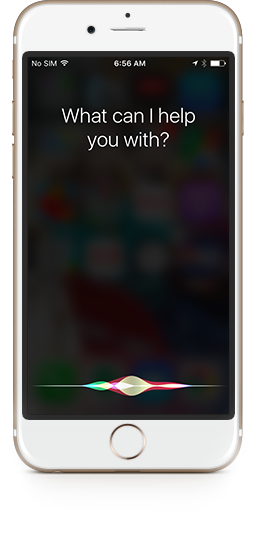
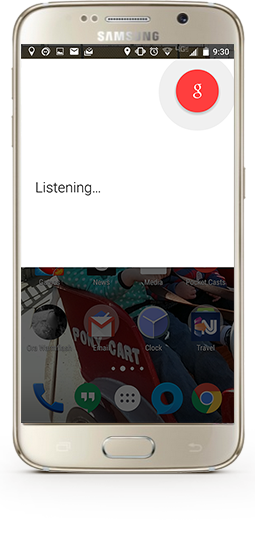
Android’s voice “assistant” types as you talk, and works offline. But Siri has a fun personality and understands natural language a bit better than Android.
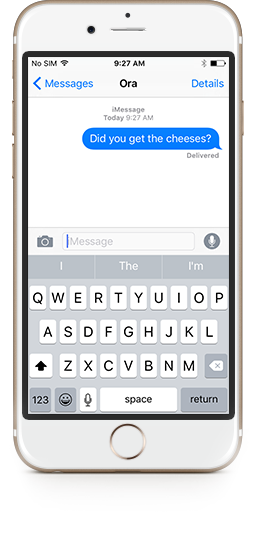

Android’s default Messenger app is pretty and perfectly serviceable, but iMessage lets you send free texts and voice messages to other Apple customers - even from your Mac. Google Hangouts lets you combine texts and Google Hangouts messages in a single app, and send them from your computer if you have a Google Voice account. But it still feels like a work in progress.